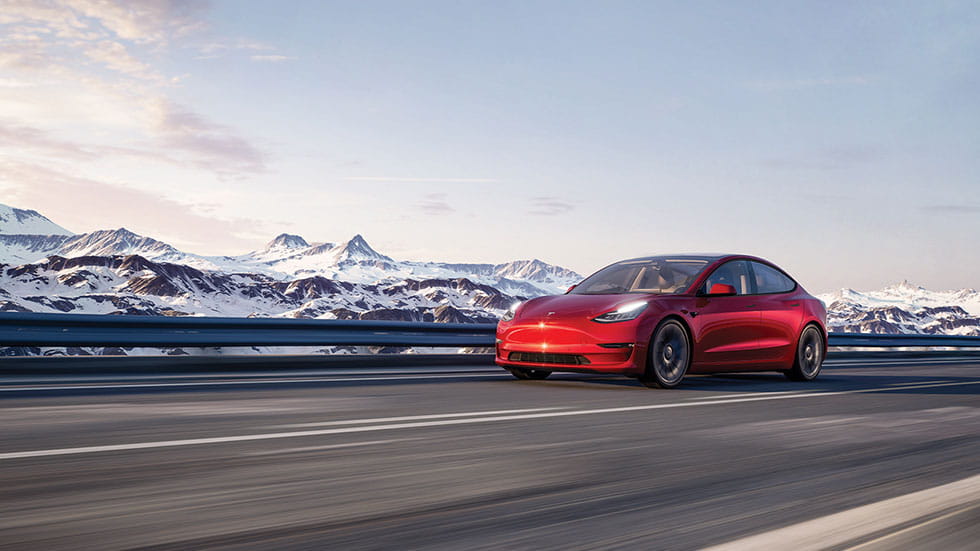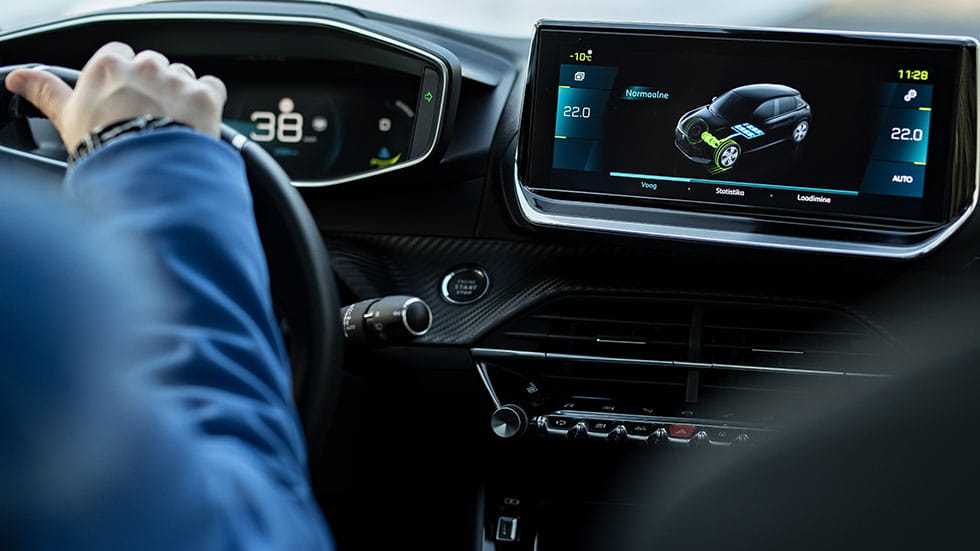You may be intrigued by the idea of driving an economical and environmentally friendly electric vehicle (EV). Even so, you might understandably still be on the fence about permanently parking one in your garage.
Here’s a great way to make up your mind: Rent one. Renting a battery-powered car or crossover is the easiest path to go from curious bystander to proud early-adopter in the space of a weekend.
While a typical dealer test-drive is fine, a short-term rental is the best way to get a real feel for the many pluses—and the few tradeoffs—that come with driving an EV.
THE RENTAL ROUTE
You’ll find EVs on offer through several of the largest rental car purveyors. For example, recently ordered 100,000 battery-powered sedans from Tesla and Polestar (a Volvo spin-off).
“Through large-scale purchases from Tesla and Polestar, Hertz has built a fleet of tens of thousands of EVs, with hundreds of thousands more to come. The goal is for 30 percent of the Hertz fleet to be electric by 2024, and to grow significantly from there,” says Jeff Nieman, senior vice president, Operations Initiatives at Hertz.
Most of the major car rental companies currently offering EVs—which include Enterprise, National and Alamo—are early in the process. It may take some persistence to snag the exact car you’re after in the location you want.
GETTING UP TO SPEED
Whatever model EV you end up with, expect a bit of a learning curve, and give yourself extra time to get acquainted.
The good news is that you can get a head start on your familiarization with the detailed how-to information and video tutorials Hertz has posted at Hertz.com/ev. Hertz also has staff members at rental locations who can review the basics of the car’s operation before you leave the lot.
NEXT STOP: YOUR GARAGE
Ultimately, we think even a short experience with an EV will turn you into a convert. With snappy acceleration, sharp handling, a quiet ride, plenty of cargo space, inexpensive operation and zero tailpipe emissions, a battery-powered model may be parked in your garage sooner than you think.

FIVE THINGS ALL EV RENTERS NEED TO KNOW
Whether you watch online tutorials before you leave home or have a rental company employee go over information in person, heed these points of EV operation before you hit the road:
Starting
If your personal vehicle is a few years old, you may get into your EV and begin searching for where to put the key. Most EVs feature keyless ignition. Follow the steps to open the door, turn on the car, and then simply press down on the brake pedal, push the Start button, and check the gauge cluster for the words “Ready to Drive” (or similar phrasing).
Shifting
Many EVs don’t have a traditional gearshift lever; instead, they may have a stalk on the steering column or a knob on the center console.
Driving
First, expect your EV to accelerate more quickly than a gas-powered car. Second, expect stopping to be a bit different, too. Most EVs have a “regenerative braking” mode that recharges the battery pack as you slow down. In its highest setting, this setup will allow what’s called “one-pedal driving," which means the vehicle will quickly coast to a stop as soon as you lift your foot off the accelerator.
Range
How far can you go on a fully charged battery? Most EV manufacturers display a maximum number of miles or the percentage of battery remaining on the gauge cluster. Remember, though, that conditions such as outside temperature and a heavy right foot can reduce that distance quickly.
Charging
If your battery starts to run low during your rental period, know that most EVs’ in-car navigation systems are set up to guide you to the nearest appropriate charging station. From there, it’s a simple matter of finding the car’s charge port and plugging in the charging cable.

















